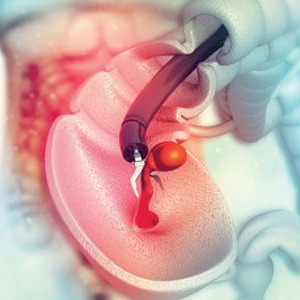
COLONOSCOPY

COLONOSCOPY
Colonoscopy is a medical procedure that uses a flexible tube with a camera and light on the end (colonoscope) to visually examine the:
1. Colon (large intestine)
2. Rectum
3. Terminal ileum (last part of the small intestine)
Purpose:
1. Screening : Detect colon cancer, polyps, and other abnormalities in asymptomatic individuals.
2. Diagnosis : Investigate symptoms like abdominal pain, bleeding, or changes in bowel habits.
3. Surveillance : Monitor patients with a history of colon cancer, polyps, or inflammatory bowel disease.
Procedure:
1. Preparation : Patient undergoes bowel preparation (laxatives, diet changes) to cleanse the colon.
2. Insertion : The colonoscope is inserted through the rectum and guided through the colon.
3. Examination : The doctor visually examines the inner lining of the colon, removing polyps or taking biopsies as needed.
4. Removal : The colonoscope is slowly withdrawn.
Risks and Complications:
1. Bleeding : From polyp removal or biopsy.
2. Perforation : Hole in the colon.
3. Infection : Rarely, bacteria can enter the bloodstream.
4. Reaction to sedation : Rarely, patients may experience adverse reactions.
Preparation and Aftercare:
1. Bowel preparation : Patient must follow a specific diet and take laxatives to cleanse the colon.
2. Sedation : Patient may receive sedation to relax during the procedure.
3. Monitoring : Patient's vital signs are monitored during and after the procedure.
4. Recovery : Patient can usually go home after the procedure, but may experience some discomfort or bloating.
Screening Guidelines:
1. Average-risk individuals : Start screening at age 45 (American Cancer Society) or 50 (US Preventive Services Task Force).
2. High-risk individuals : Start screening earlier, based on family history, genetic predisposition, or personal history of colon cancer or polyps.
